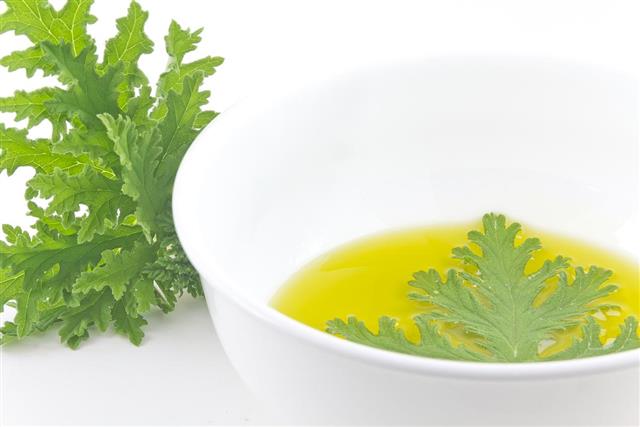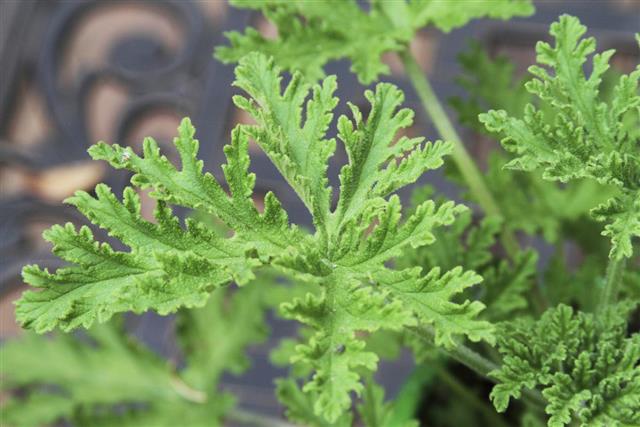
Growing citronella plants is not very difficult if you follow some simple steps. The following article will cover some gardening tips that will help you grow this perennial grass.
The citronella plant is native to Asia and is also known as the mosquito repellent plant. It is a perennial grass that can grow to about 2 feet in height. It has a distinctive fragrance and belongs to the Cardiopteridaceae family. This is a clumping grass and has gray-green grass-like leaves. These are aromatic leaves that grow on stems that look like canes. The citronella plant is also known as Nard grass or Nardus.
Growing the Plants
You need to plant citronella in spring, in well-drained soil that receives about 6 hours of full sun everyday. Peat-based organic soil that is mixed into the soil is preferred by this plant. It cannot grow in damp, cold winters, and a well-established plant can die due to frost. Therefore, if you do not live in zone 10, you need to plant it in a pot. This will help you move it indoors during winter till the ground warms up in spring.
You need to remove the plant from the container you bought it in and remove the soil around the roots. Then add about 2 inches of peat-based organic soil in the hole. Place the plant over the peat-based soil by gently spreading the roots.
The root ball needs to be covered with soil and water. Continue to fill up the hole. Once done, gently press the soil down around the plant.
Care
You need to plant citronella in heavy soil that has a pH of about 6.5. The plant needs full sun exposure during the cool time of the day, that is, around dawn. In the afternoons, you need to provide it with partial shade. You need to water your plant deeply and allow the water to run off. The plant does not like stagnant water or wet conditions. Hence, let the soil dry a bit before you water again. It is time to water it when about 1 or 2 inches of soil feels dry.
Citronella is a tropical ornamental grass that is mostly planted near patios or along walkways due to its lemony scent. You need to feed your plant with a fertilizer that has high nitrogen and potassium, once a month. This will help it grow denser and greener. Pruning involves just removing the yellow leaves as they appear and cutting out the diseased or dying leaves. You can cut it back a bit if you need to maintain its shape.
When grown outdoors, you can protect the plant from light frost by spreading organic mulch. You need to spread about 3 to 4 inches of mulch like pine needles, dry grass, dry leaves, etc., near the plant base. Once winter passes, you can remove the mulch. You can use a wide-range insecticide to help prevent infestation by bugs and pests. For propagation of the citronella plant, you need to cut the stem by 4 inches with a sharp pruning shear. Allow it to lie on a mixture of damp sand and peat moss. Make sure it remains moist and is placed in indirect sunlight. Once it starts growing roots, you can place it outdoors along with other well-established plants.

